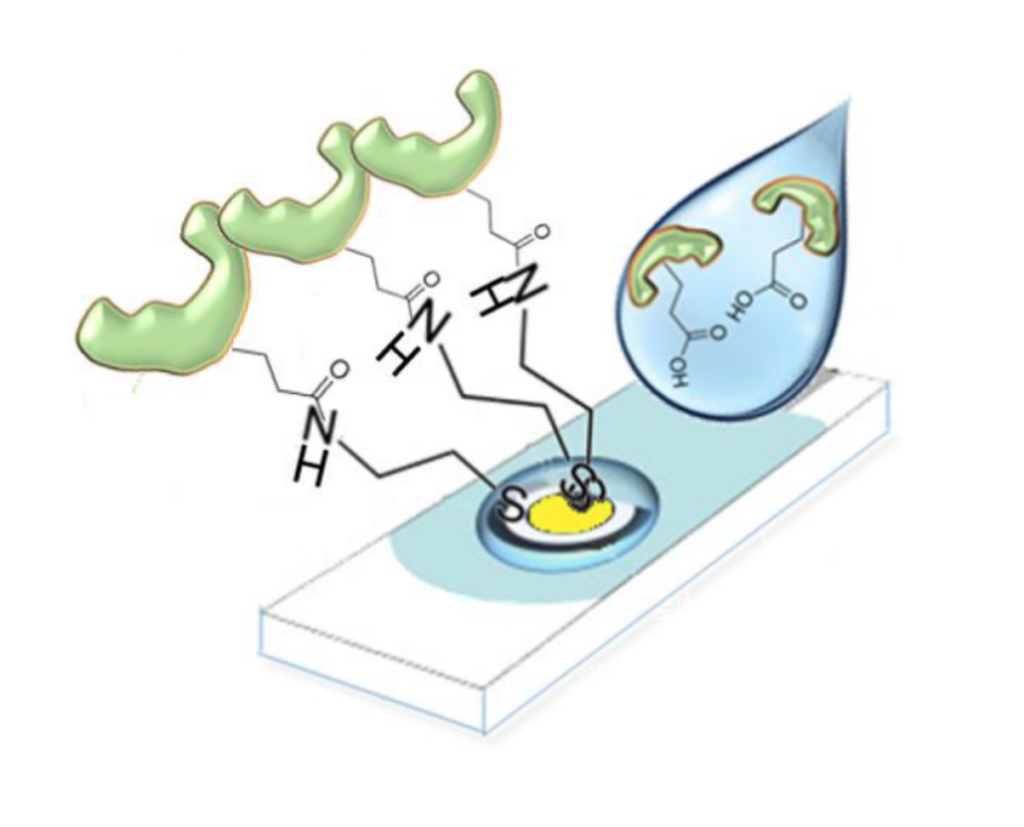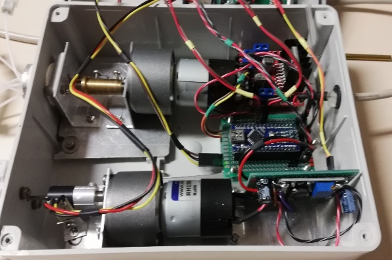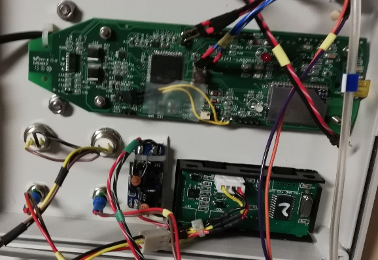The interested was focused to design and develop an industrial prototype based on the miniaturisation of the peristaltic pump and the potentiostat, in order to propose a device for on-field environmental monitoring of heavy metals in water.
The prototype is so shown in Fig. 1.
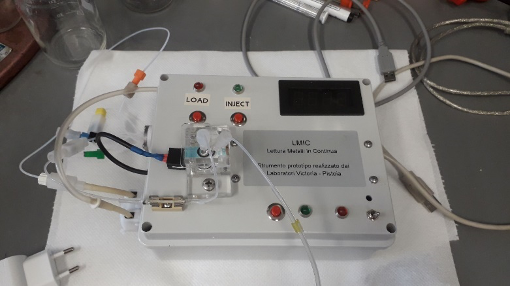
Fig. 1. Developed industrial prototype (from Laboratory Victoria, Pistoia, Italy).
The prototype was developed by assembling different parts devoted to (i) the microfluidic part, (ii) the separation, and (iii) the determination of heavy metals by a potentiostat (Biopard, from Ecobioservices and Researches S.r.l., Florence, Italy). In particular, a mini peristaltic pump was used to control the flow rates into the microfluidic prototype. The peristaltic pump was linked to a gearmotor (RH158.12.250) to decrease the applied flow rate to a desiderate 100 – 900 µL min-1 range. The Rheodyne valve was used to load and inject the sample into the microfluidic setup, also linked to a second gearmotor allowing the automation. A connector for screen printed electrodes generates the connection with the transducers. The electrode take place into the flow cell for screen printed electrodes, which was attached externally to permit the electrode replacements. The inner composition of the developed instrument is shown in Fig. 2.
Fig. 2. Inner composition of industrial prototype (right: hydraulic part; left: electronic part of miniaturised potentiostat).
The automatisation of the prototype was ensured by the presence of motors, gearmotors and an electronic core in the inner part, as schematic represented in Fig. 3.
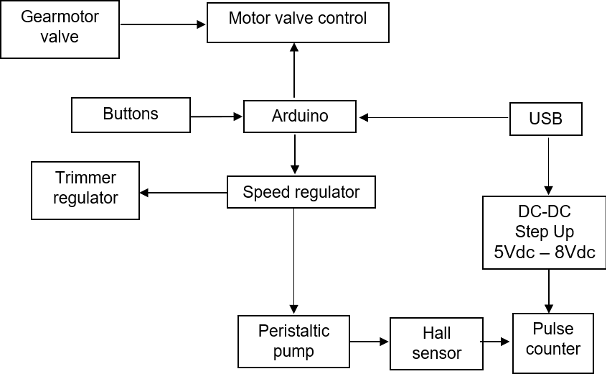
Fig. 3. Schematic diagram of inner hydraulic part of the industrial prototype.
Basically, the functionality of the prototype is easy controlled by USB cable and a specific firmware (and a software) installed on PC. A converter (DC-DC Step Up) converts the alimentation from 5 to 9 V, which is required to aliment all the electronic parts. A sensor (Hall sensor) is coupled to the peristaltic pump and to a counter, with the aim to display the number or rotation per minute (rpm) of the pump. A magnet is installed on the peristaltic pump, that is responsible of counting the rotative cycles of the pump. The UBS connection is also linked with a motor (Arduino), which is involved to turn on/off the peristaltic pump. A trimmer is able to regulate the flow rate of peristaltic pump. The Arduino motor also allow to regulate and led to automatize the gearmotor Rheodyne valve, by changing the position from load to inject. A coloured led-light (red or green) confirmed the current position of the valve.

